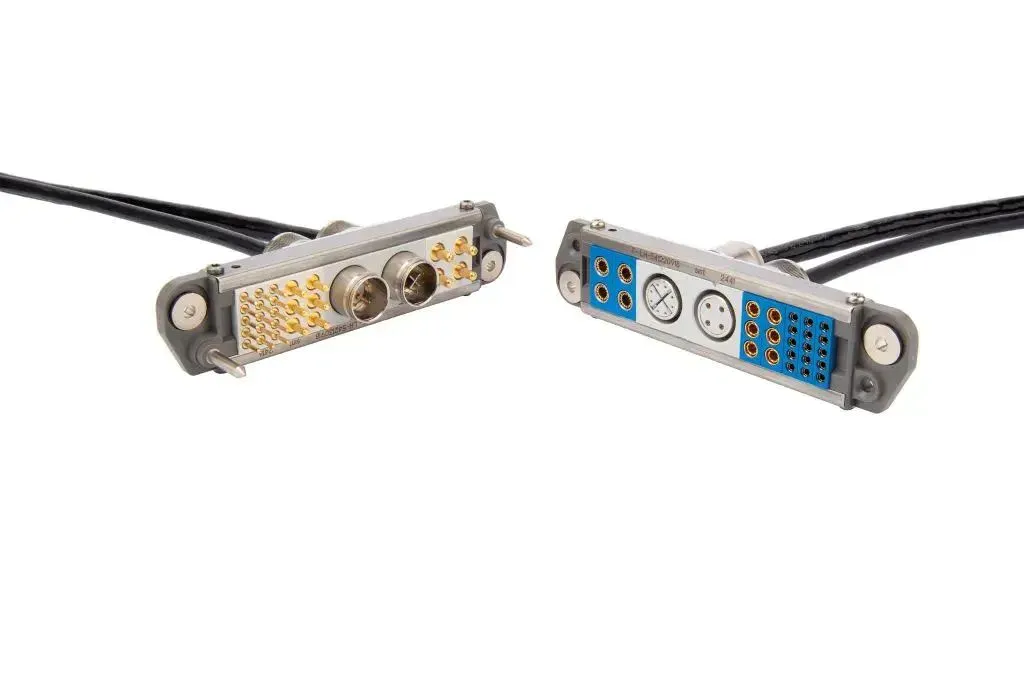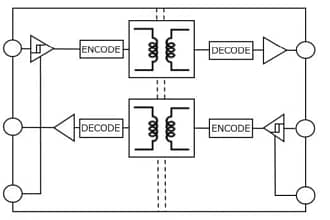The manufacturing process includes:
Cutting and Stripping. Automated cutting machines are used to ensure each wire is cut to the precise length required by the specification. Advanced stripping tools are employed to remove the insulation from the wire ends, ensuring high-quality connections in subsequent stages.
Crimping: Using both semi-automatic and manual crimping machines to ensure high precision and quality in every crimp.

Soldering: Automatic and manual soldering to ensure strong, conductive joints, adhering strictly to IPC standards. Each solder joint undergoes a visual inspection to detect any potential defects.
Overmoulding: Which involves encapsulating the wires, terminations, and connectors with a durable material. This provides additional protection against moisture, abrasion, and environmental conditions.
After production, each cable, wire, or connector is marked for easy identification, traceability, and compliance with customer specifications.
Testing and inspection at multiple stages, including electrical continuity and pull-out tests, as well as visual, mechanical, and measurement inspections.
Personnel are certified according to IPC A-620 for cable assembly and IPC J-STD-001 for soldering procedures.
The addition of the cable assembly department at the Tunisian site enabled specialisation in manufacturing and testing cabling for signal, data transmission, hybrid, armoured and power, as well as coaxial, twinax, triax, and quadrax, Mil-Spec and D-sub connectors for aerospace, defence, transportation, and industrial applications.





